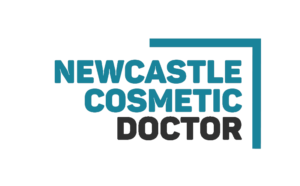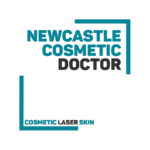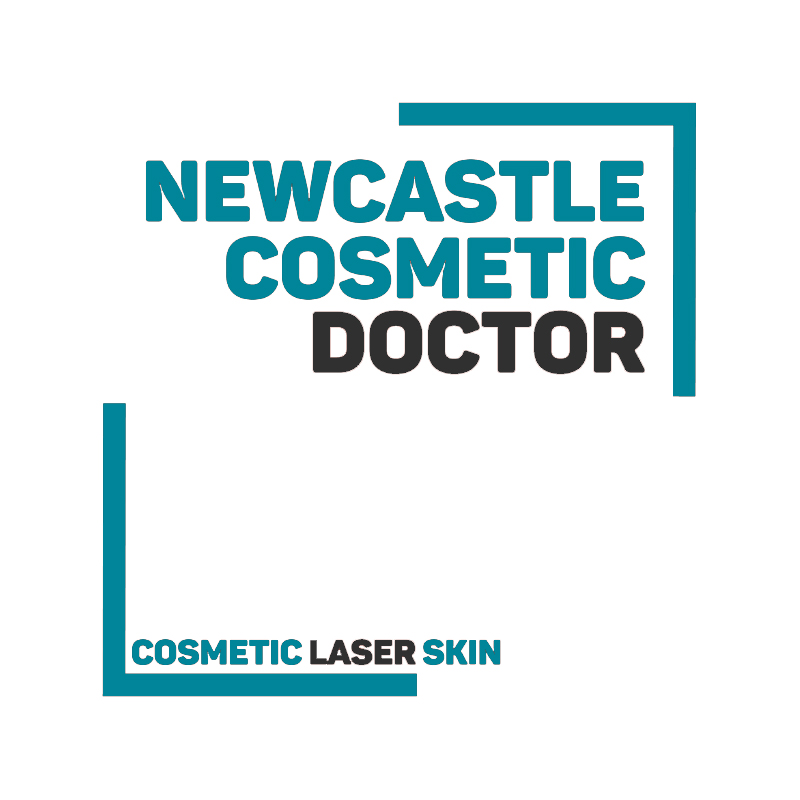Service: Fotona SP Dynamis (Er:YAG 2940 nm / Nd:YAG 1064 nm) & StarWalker MaQX (QS 1064/532 nm ± dye 585/650 nm).
Cause / Mechanism
Laser procedures disrupt the skin barrier and adnexal structures, creating a portal for microbial invasion. Risk is higher with ablative resurfacing (Er:YAG), large treatment fields, occlusive dressings, or inadequate asepsis. Common organisms: Staphylococcus aureus (incl. MRSA), Streptococcus spp., Malassezia/Candida in moist folds; viral reactivation (HSV-1) peri-orally (see dedicated HSV protocol). 1 2 3
Risk Factors
- Patient: diabetes, immunosuppression, atopic dermatitis, history of recurrent skin infections, active dermatitis, recent antibiotics.
- Procedure: ablative resurfacing, prolonged treatments, peri-oral/peri-nasal areas, large fields, occlusive dressings.
- Operator/Environment: breaks in aseptic technique, inadequate hand hygiene, contaminated consumables, poor room cleaning, shared cosmetics. 1 2 4
Signs & Symptoms
- Bacterial cellulitis/impetiginisation: spreading erythema, warmth, pain, purulence/crusting, fever, lymphangitis.
- Folliculitis/acneiform eruption: perifollicular papules/pustules, tenderness/itch.
- Fungal intertrigo: erythematous macerated plaques with satellite pustules in folds.
- Viral: grouped vesicles on erythematous base (HSV); dermatomal vesicles with pain (VZV—rare). 5 6 7
Prevention
- Standard & transmission-based precautions; 5 moments of hand hygiene. 1
- Pre-procedure skin cleansing (non-flammable antiseptic); allow complete drying. 1 2
- Aseptic technique for ablative procedures/dressings; single-use consumables; no double-dipping. 1
- Device & room decontamination per manufacturer and local policy; log cleaning between patients. 2 4
- Patient education: clean pillowcases/towels, avoid makeup/occlusion until re-epithelialised; strict sun protection.
- Screen for cold sores; use HSV prophylaxis where indicated (see HSV protocol). 8
Management Protocol
A) Bacterial Cellulitis / Impetiginisation
- Mark borders; assess for systemic features (fever, tachycardia) and red flags (orbit/hand/genital involvement, rapidly progressive pain). 5
- Swab if purulent or recurrent; consider MRSA risk. 5
- Start empiric antibiotics per local guidelines; adjust to swab. Provide analgesia and limb elevation if applicable. 5 9
- Review 24–48 h. Escalate to ED if systemic toxicity, rapidly progressive spread, or failure of therapy.
B) Folliculitis / Acneiform Eruption
- Gentle cleansing; avoid occlusive products; consider antiseptic washes.
- Topical agents (e.g., benzoyl peroxide or antibiotic/antiseptic per local protocols). 6
- Culture if severe or recurrent to exclude Gram-negative/MRSA.
- Consider dermatology referral if persistent.
C) Fungal Intertrigo / Candida
- Keep area dry; reduce friction; non-occlusive dressings.
- Topical azole antifungal; consider short course oral therapy if extensive or refractory (evaluate interactions/contraindications). 7
- Review hygiene and clothing; address hyperhidrosis if contributing.
D) Viral Reactivation or Infection
- HSV-1: see dedicated HSV-1 Reactivation Fact Sheet for prophylaxis and treatment. 8
- Suspected VZV: urgent GP/dermatology/ID review; commence antivirals per guidelines and institute contact/droplet precautions if indicated.
Follow-up & Documentation
- Document onset, site, severity, vitals, and treatment plan; photograph when appropriate.
- Provide written aftercare and red flags; schedule review in 24–72 h depending on severity.
- Record in Laser Log; complete incident form for moderate–severe infections.
- Audit compliance with hand hygiene/aseptic technique; reinforce training if breaches identified. 1 2
Sources
- Australian Commission on Safety and Quality in Health Care (2023). Australian Guidelines for the Prevention and Control of Infection in Healthcare., viewed 7 October 2025, https://www.safetyandquality.gov.au/publications-and-resources/resource-library/australian-guidelines-prevention-and-control-infection-healthcare ↩︎
- ACSQHC. Infection Prevention and Control resources (Standard & Transmission-based precautions)., viewed 7 October 2025, https://www.safetyandquality.gov.au/our-work/infection-prevention-and-control ↩︎
- NSW Health. Infection prevention policy framework and resources., viewed 7 October 2025, https://www.health.nsw.gov.au ↩︎
- Queensland Health. Infection prevention & control guidelines and links., viewed 7 October 2025, https://www.health.qld.gov.au/clinical-practice/guidelines-procedures/diseases-infection/infection-prevention/queensland-infection-prevention-and-control-guidelines-and-resources/australian-guidelines-and-links ↩︎
- healthdirect (Australian Government). Cellulitis — consumer clinical guidance., viewed 7 October 2025, https://www.healthdirect.gov.au/cellulitis ↩︎
- DermNet NZ. Folliculitis overview and management., viewed 7 October 2025, https://dermnetnz.org/topics/folliculitis ↩︎
- DermNet NZ. Candida intertrigo., viewed 7 October 2025, https://dermnetnz.org/topics/candidal-intertrigo ↩︎
- Melbourne Sexual Health Centre / ASHM. HSV guidelines (see HSV fact sheet for details)., viewed 7 October 2025, https://sti.guidelines.org.au/sexually-transmissible-infections/genital-herpes-simplex-virus-hsv/ ↩︎
- Therapeutic Guidelines (eTG). Antibiotic: cellulitis/skin and soft tissue infections (subscription site)., viewed 7 October 2025, https://www.tg.org.au ↩︎


